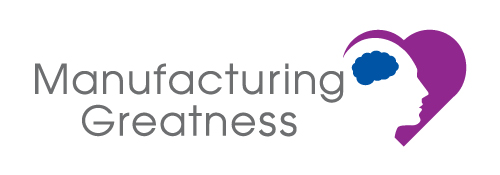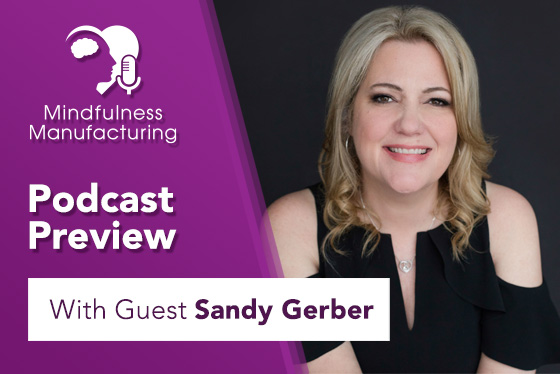How to Find—and Use—Your “Emotional Magnet” to Improve Your Relationships
What is your “emotional magnet?” In her book Emotional Magnetism: How to Communicate to Ignite Connection in Your Relationships, my friend (and fellow Canadian!) Sandy Gerber shares how everyone has an emotional magnet, or a factor that motivates and impacts their interactions with others. She breaks them into four categories, with the acronym SAVE:
S: Safety
A: Achievement
V: Value
E: Experience
Your emotional magnet can have an impact on everything in your personal and professional relationships, from how you interact with others in casual conversations to how you react in a time of conflict or stress. Your emotional magnet can even highlight your biases and “communication blocks,” or issues that keep you from having productive, creative conversations.
How To Find Your Emotional Magnet
To find your own SAVE communicator, you can take Sandy’s online quiz, which can be found on her website here. This free, easy-to-take quiz will give you unique insights about your SAVE emotional magnet and how it influences your reactions and needs.
What Comes Next?
Once you’ve discovered your emotional magnet, the real work can begin! After reading Sandy’s book and taking her quiz for myself, I had her as a guest on my Mindfulness Manufacturing podcast to talk more about how we can all use our emotional magnets to grow our mindset, nurture our relationships, and improve our everyday interactions.
- Understanding Others. In your everyday interactions, you’re going to encounter people who see the world differently than you do. This means you might have to shift your mindset to find the best way to communicate with them. For example, if you know someone’s motivator is safety, you might consider approaching your conversations with them in a way that makes them feel comfortable and supported. It can be difficult to shift your mindset, especially in a moment of tension or disagreement, but try to approach all interactions with empathy, intention, and curiosity.
- Be Open. Once you know your communication style, embrace it! Be open about your motivators, needs, and even your biases and blocks. By acknowledging your own reactions and needs, you can process your own emotions and find the best ways to move forward. Don’t be afraid to take a pause or some time to evaluate, especially if you take Sandy’s quiz and find yourself surprised by the results, like I was.
- Share What You Need. In both your personal relationships and in the workplace, express what you need. Be open with everyone around you about what you need, and you’ll find yourself creating healthier, more rewarding interactions.
Learn More on the Podcast
To learn more about Sandy Gerber and hear more of her insights on how to use SAVE communicator motivators to improve your relationships and communications, listen to her episode of the Mindfulness Manufacturing podcast here.
At Manufacturing Greatness, Trevor Blondeel works with manufacturers to connect the top to the shop floor. If you’re ready to improve your own organization, contact Trevor to learn how Manufacturing Greatness can help you build stronger leaders and develop a dynamic, high-performing workplace.

